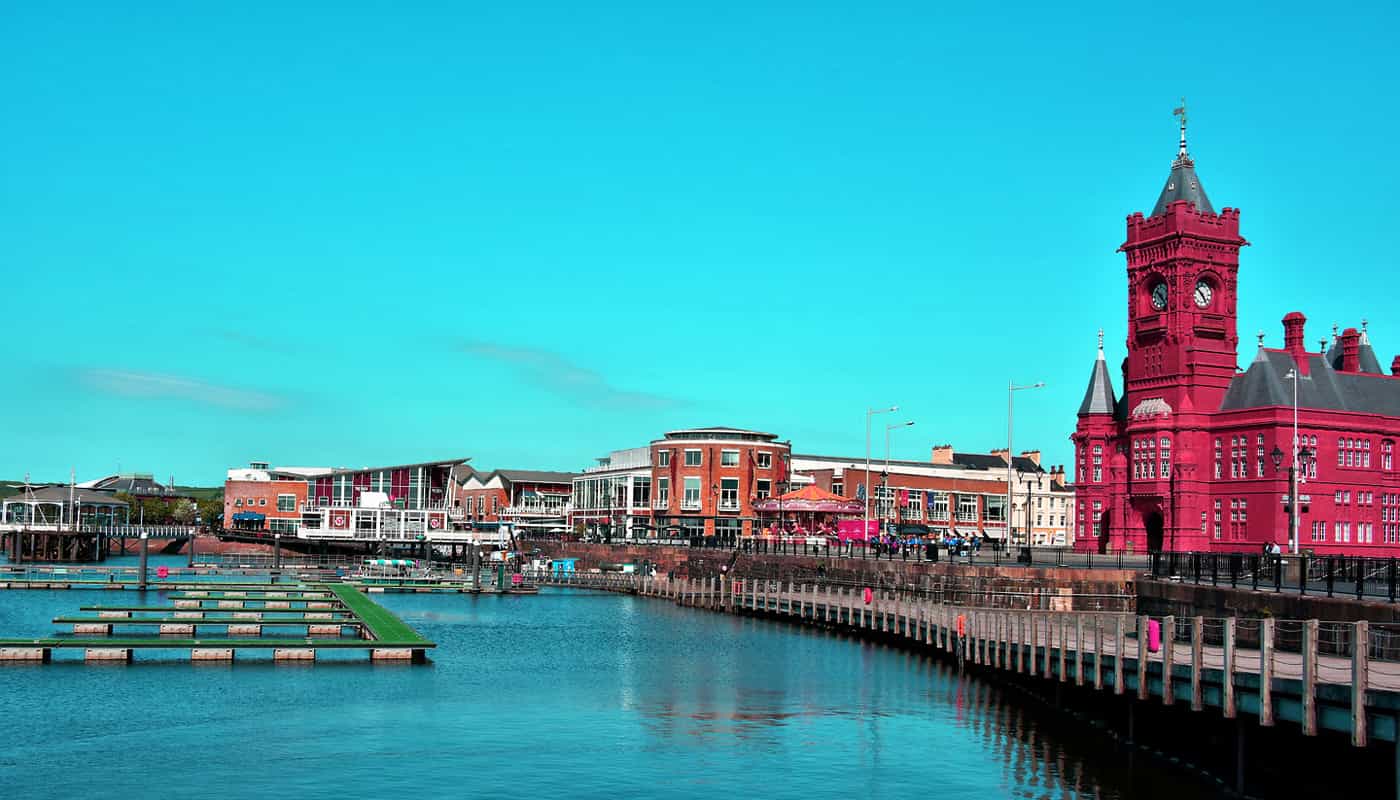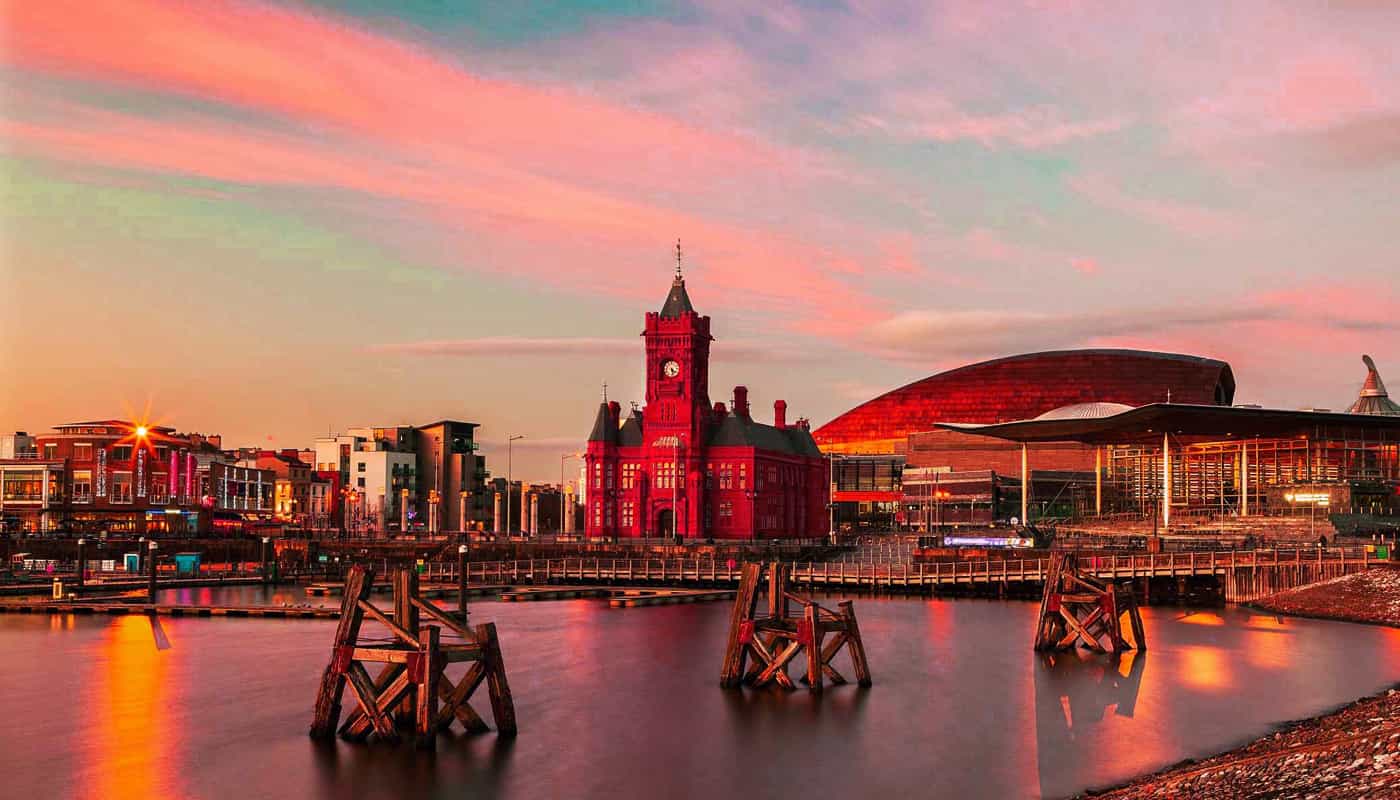Cardiff Introduction
Cardiff, the capital of Wales, is a vibrant city filled with culture, history, and modern charm. Situated on the southern coast, it has grown from a small market town into a bustling metropolitan destination. Known for its scenic waterfront, world-class attractions, and welcoming atmosphere, Cardiff offers something for everyone—from sports and music enthusiasts to history lovers and foodies.
All about Cardiff
Cardiff has evolved into one of the most dynamic cities in the United Kingdom. As the political and cultural heart of Wales, it hosts the Senedd (Welsh Parliament) and key media hubs such as BBC Wales and ITV Wales. The city’s skyline blends Victorian architecture with sleek modern developments, reflecting its balance between tradition and innovation. Visitors often find that Cardiff’s compact size makes it easy to explore on foot while enjoying a rich mix of experiences in a single day.

Cardiff Bay and Waterfront Life
Cardiff Bay is a centerpiece of regeneration and one of the city’s most popular attractions. Once one of the world’s busiest coal ports, it has transformed into a lively area filled with restaurants, theaters, shops, and scenic walking paths. The Wales Millennium Centre, with its striking architecture, stands as a symbol of Cardiff’s creative spirit. The waterfront atmosphere encourages relaxation, making it an ideal place to enjoy a coffee or take a leisurely boat cruise across the bay.
Rich History and Heritage
The history of Cardiff stretches back to Roman times when a fort stood on the site where Cardiff Castle now rises. This iconic landmark tells the city’s story through its medieval walls, ornate interiors, and expansive parklands. The castle and nearby civic buildings showcase the city’s pride in its heritage. Museums such as the National Museum Cardiff offer fascinating insights into Welsh art, history, and natural science, all within easy reach of the city center.
Culture, Entertainment, and Events
Culture thrives in Cardiff, with a busy calendar of events all year round. Music lovers frequent St David’s Hall and the Principality Stadium, both known for hosting world-famous performers and major sporting events. The city’s nightlife is lively, offering everything from cozy pubs to trendy clubs. During the festive season, Cardiff transforms with markets, outdoor skating, and dazzling lights that attract visitors from across the UK.
Education and Innovation
Cardiff is also a city of learning and innovation, home to highly respected universities and research institutions. Cardiff University, in particular, is recognized internationally for its academic excellence and contributions to science, technology, and the arts. The presence of students enriches the city with a youthful and progressive energy, promoting innovation and multiculturalism in every corner.
Exploring Beyond the City
While Cardiff itself offers countless attractions, the surrounding areas open doors to stunning Welsh landscapes. From the rugged Brecon Beacons National Park to the sandy beaches of the Vale of Glamorgan, nature lovers can easily travel from urban excitement to serene escapes. The city’s excellent transport links make it a convenient base for exploring the rest of Wales and the wider UK.
Cardiff Summary
As a destination, Cardiff seamlessly combines ancient heritage with modern vibrancy. Its welcoming atmosphere, thriving culture, and diverse architecture create a unique sense of place that appeals to both locals and visitors alike. Whether enjoying a stroll through Cardiff Bay, an afternoon at the castle, or a night at one of its theaters, this capital city promises memorable experiences that capture the heart of Wales.
Cardiff
